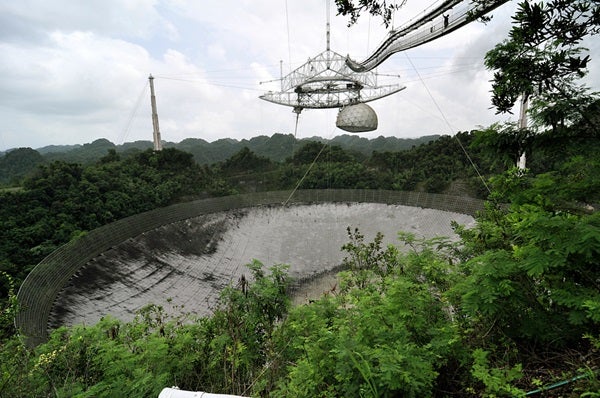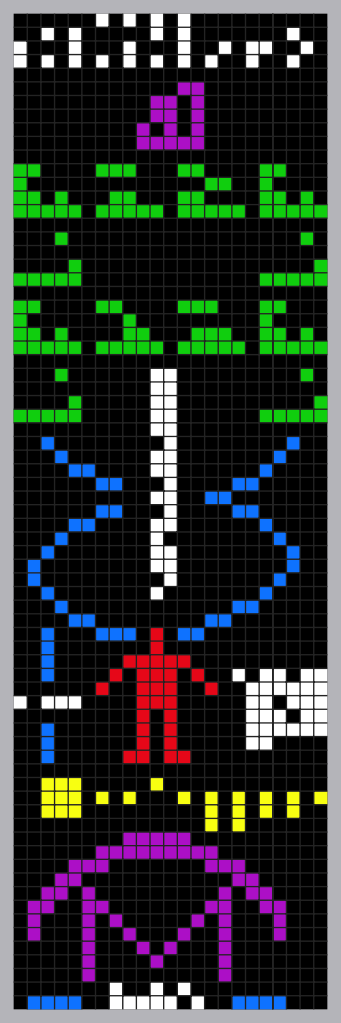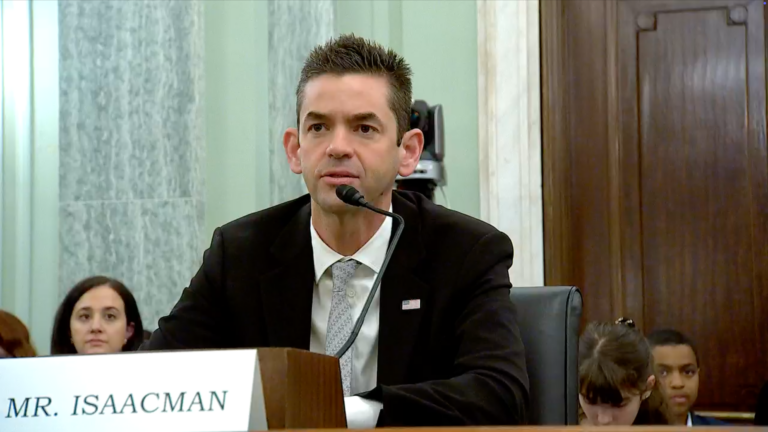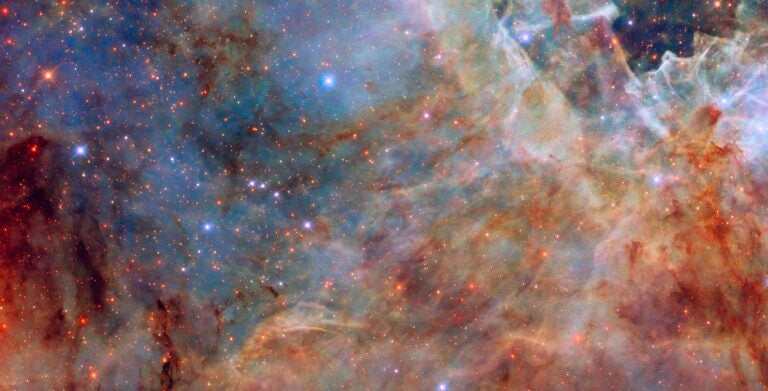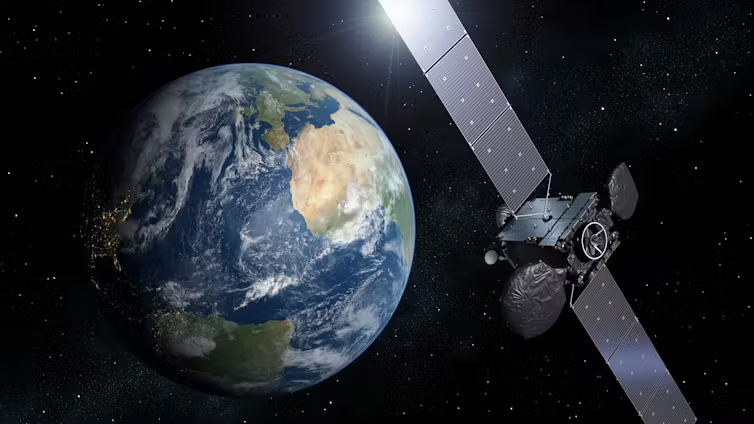A modern message
“Our society and our technology have changed a lot since 1974,” Francisco Cordova, director of the Arecibo Observatory, said in a press release. “So, if we were assembling our message today, what would it say? What would it look like?” Those questions will be answered through an online challenge the observatory will run over the course of the next year, with a winner announced during a weeklong celebration of the original message’s 45th anniversary in 2019.
The challenge consists of puzzles that will be periodically released online, designed for small groups of K-16 students around the world. Each puzzle is designed to promote collaborative thinking and prompt students to generate ideas that might become the New Arecibo Message. As the challenge progresses, students will need to solve puzzles by learning more about space science and code-breaking, then register their teams and submit their solutions for the chance to ultimately present their ideas for the New Arecibo Message to the observatory’s team.
“We have quite a few surprises in store for participants and we will be sharing more details as the competition progresses,” said Cordova. “We can’t wait to see what our young people across the globe come up with.”
On the shoulders of giants
The original Arecibo Message was developed by the observatory’s staff in 1974 — a roster that included Frank Drake — with assistance from astronomer and science popularizer Carl Sagan. It was beamed in the direction of M13 with the equivalent of a 20 trillion-watt omnidirectional signal, which is detectable by any experiment using the same technology as the Search for Extraterrestrial Intelligence (SETI) today, provided it has a receiver the same size as Arecibo’s. The message contains 1,679 bits, which are laid out as 73 lines of information 23 characters long each. It includes pictorial information about the Arecibo Observatory, life on Earth, and our solar system.
Given the thousands of years it will take to reach M13 and, if received, the thousands of years a reply would require to reach us, the original Arecibo Message was more of a demonstration than a true effort to communicate with the cosmos. Nonetheless, it did prompt researchers to consider how and what information might be communicated about humanity to another civilization in the cosmos — the same goal the team hopes to accomplish with their challenge to create the New Arecibo Message.

